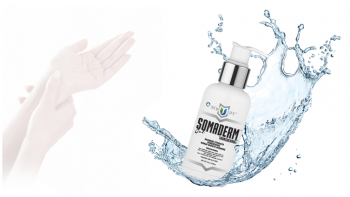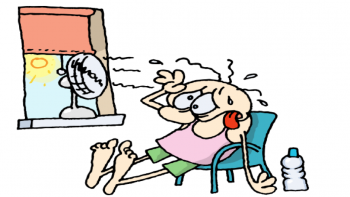To know the treatment for a headache or migraine one needs to know the source first. There are many variations of a headache including neck, tension and migraine headache. I will leave out tension headaches and discuss in another article relating to TMJ. To figure out the type of headache we first must ask ourselves a few questions: where is it located? What is its behavior? What eases the symptoms? What makes it worse?
True migraines are of vascular nature. They are usually on one side of the head including the eye. They can get worse with light and noise. They are not eased with certain positions or pressures. Sometimes they can be triggered by adverse reactions to food, drink, or stress.
In comparison, headaches stemming from the neck are of a mechanical nature. Positioning and pressures can help. Anything that would relax the neck such as a hot shower might ease the headache. This type of headache is usually caused by irritation of a nerve in the neck called the Greater Occipital nerve. Pain or headache symptoms start in the back of the neck and over the head and and above the eye (they call this manifestation the "Rams Horn" presentation for obvious reasons). Treatment for this type of headache would differ than that of a true migraine in that you are not treating the vascular components, but of the compression of that nerve. In order to take pressure off that nerve you would need to relax the muscles (hence why a hot shower would help), realign the upper cervical vertebrae with stretching and hands on manual therapy including light massage and vertebral mobilization.
Try this: next time you get a migraine try one of three things to rule out a neck a headache 1) take a hot shower or put a heating pad on your neck 2) put pressure in the back of your neck right below your skull and hold that light pressure for 5 to 10 seconds 3) put both your hands underneath your skull and gently start to lift up. If none of these help, the neck might not be your problem.
Note: infrequently, headaches can represent more serious problems. Some risk factors for more serious underlying pathology includes if you've had a recent traumatic blow to the head, a history of cancer, AVM, history of drug abuse, history of high blood pressure as well as a long time smoker. Consult your physician if they are frequent, abnormal and severe in intensity.
Dr. Joshua Mazalin works as a Physical Therapist at ProexPerformance Group in Los Angeles.
WELLNESS--You may be familiar with the term “Sound Bath” as it has become more and more popular, especially within the spiritual, yoga, and meditation communities. Although it has nothing to do with getting wet, many would liken it to being cleansed from the inside out.
WELLNESS--Over the past few months I have been using an FDA approved, homeopathic, transdermal, Human Growth Hormone (HGH) gel. Like many people, I am always on the lookout for the next breakthrough product that will help me remain healthy, young, and vital.
WELLNESS--I’ve been taking a social media vacation. I needed a break. The more people I speak with, it seems that I am not alone.
WELLNESS--We have been having record breaking heat in Southern California and with the planet continuing to warm up, there’s a good chance we have not seen the end of it.
This past week Los Angeles and San Diego have felt more like Arizona with temperatures reaching 117 in some places. Heat records all over southern California were toppled and at one point in Los Angeles alone there were over 32,000 residents without power.
WELLNESS--For starters, the all or nothing attitude towards exercise is not the mindset we want to hold.
WELLNESS--Last week two high profile celebrities Kate Spade and Anthony Bourdain took their own lives.
























